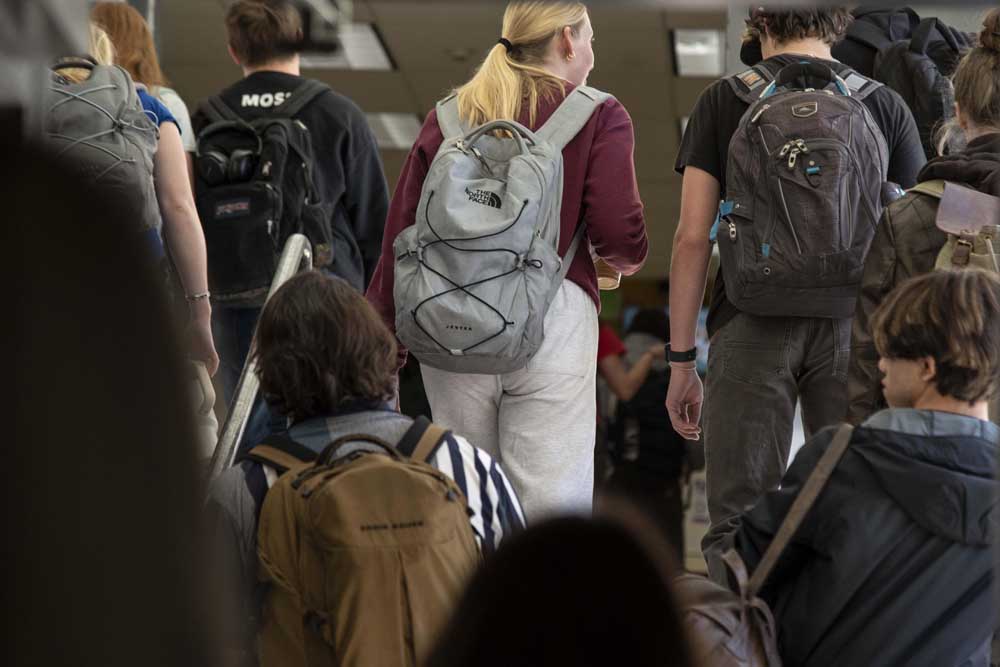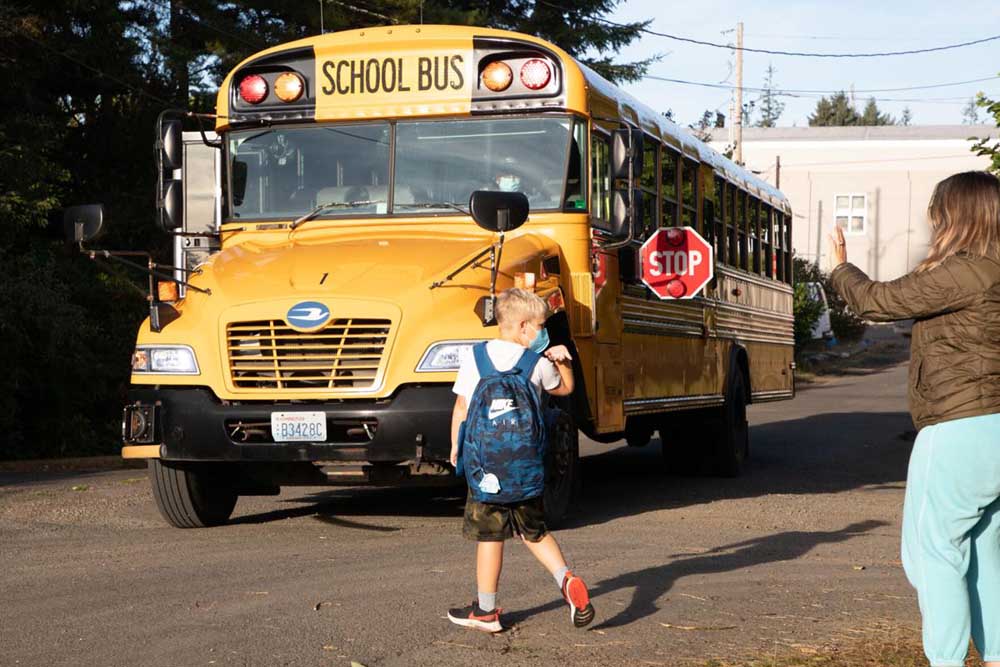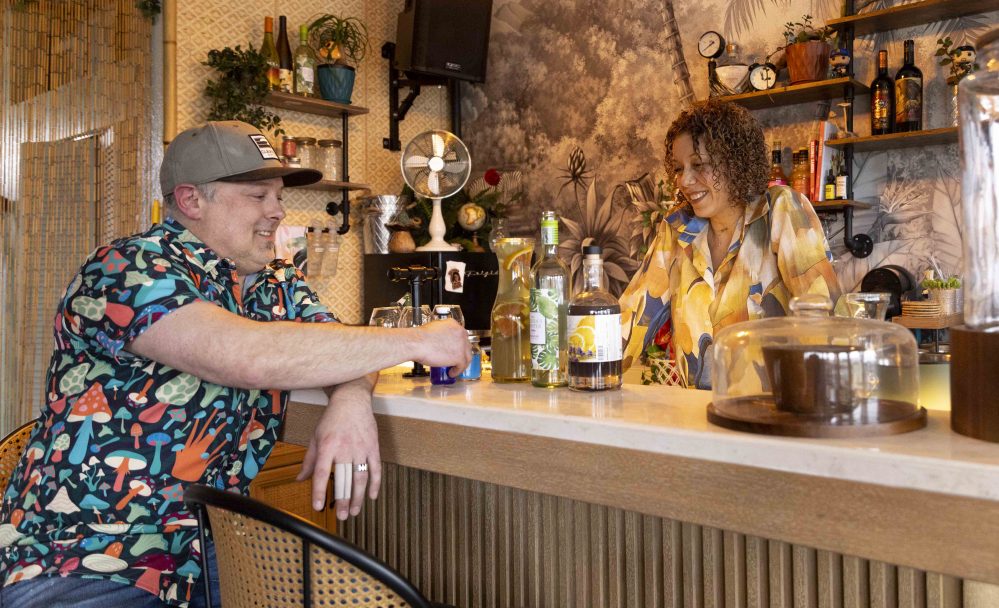Sacagawea statue honors the first Native American woman to be represented by a state in the Capitol
Published 5:00 pm Thursday, October 16, 2003
WASHINGTON, D.C. – Sacagawea, who helped Lewis and Clark reach the Pacific Ocean and claim the Northwest for the United States, finally took her rightful place in history Thursday alongside Presidents George Washington, Thomas Jefferson and other founders.
A newly cast, double-lifesize statue of the Indian woman with her baby son on her back was unveiled during a dedication ceremony in the central Rotunda of the U.S. Capitol.
The great hall beneath a sunlit Capitol dome was filled with an audience of about 200 and was brightened further by the colors and sounds of Native American dress, songs and dances of Mandan, Hidatsa and Arikara tribal members. A stream of elected officials from Congress and Sacagawea’s adopted state of North Dakota recalled her indispensable contributions to the Corps of Discovery, which paved the way for American expansion into the Northwest Territory two centuries ago.
“She helped shape our country as we know it today, and she kept that expedition alive,” said Sen. Kent Conrad, D-N.D., standing in front of the statue. The ceremony was broadcast live by Prairie Public Television to PBS outlets in the northern Great Plains and elsewhere.
Her statue, which will be moved to a permanent site in nearby Statuary Hall, is the first Native American woman to represent a state in the Capitol, which holds two from almost every member of the union. Sacagawea, whose name is also spelled Sakakawea, completes North Dakota’s pair, joining former Gov. John Burke.
Twelve feet tall including the base, the bronze statue of Sacagawea is a replica of an original made by Chicago artist Leonard Crunelle in 1910 and located at the North Dakota State Historical Society. Another replica has stood in front of the state Capitol in Bismarck for decades. While jogging one day, Rep. Earl Pomeroy, D-N.D., came up with the idea of placing a copy in Washington, D.C.. As with the original, North Dakota school children saved pennies to help with part of the $200,000 cost, which was privately funded.
Speaking as a female politician who works around so many male colleagues and figures of founding fathers, House Democratic Leader Nancy Pelosi of California told the audience: “You have no idea what a delight it is to see a statue of a woman, especially a Native American woman, installed in the nation’s Capitol.”
A Shoshone Indian girl from what is now Idaho, Sacagawea was captured by a war party of Hidatsa Indians. She was only 15 or 16 years old when Lewis and Clark reached her village on the Knife River 200 years ago in what is now North Dakota. Six months pregnant, she and her French fur trapper husband, Charbonneau, were hired as guides, but she proved the invaluable half of the couple. She served as main translator, identified wild foods and medicines, secured Indian horses and guidance for passage through mountainous northern Idaho and perhaps most importantly, averted potential bloodshed along the way.
“Our interpreter we find reconciles all the Indians as to our friendly intentions. A woman with a party of men is a token of peace,” Clark said in an 1805 journal entry.
She was given an equal vote along with the rest of the Corps of Discovery in deciding where to spend the winter on the Pacific Coast. The majority chose the Oregon side of the Columbia River, and Fort Clatsop was built to serve as the winter quarters.
In recognition of her contributions, Jefferson had Lewis provide extra compensation to Sacagawea and Charboneau – $500 and some 300 acres of land – although it’s unclear whether she benefited. She died in her twenties in obscurity on a fur trading post near the border between North and South Dakota.
Although the statue cannot repay the nation’s debt to her, it means that “at last she has taken her rightful place” among its heroes, said Tom Daschle, the Senate Democratic leader from neighboring South Dakota.
No one knows exactly what Sacagawea looked like because there are no portraits of her. As his model, Crunelle used Hannah Levings (Mink), a Hidatsa from the Fort Berthold Indian Reservation in North Dakota who is believed to be Sacagawea’s granddaughter. The statue depicts Sakakawea with her baby, Jean Baptiste, strapped to her back, striding and looking westward toward the country she helped to open.
The bronze replica was made by former North Dakota artist Tom Bollinger at his bronze foundry in Tempe, Ariz.
Washington, D.C.-based columnist and reporter Larry Swisher, editor of Northwest Letter, covers Northwest politics and other issues for The Daily Astorian





